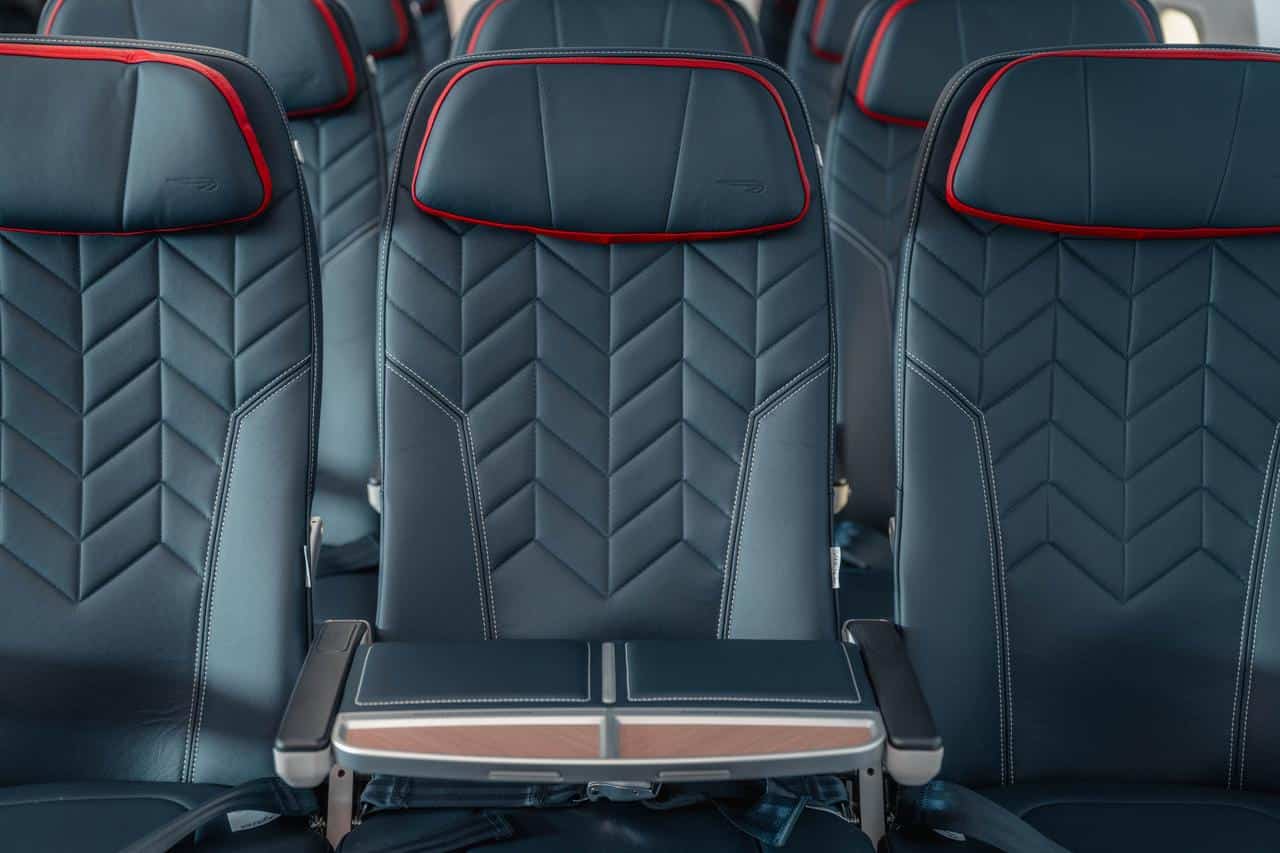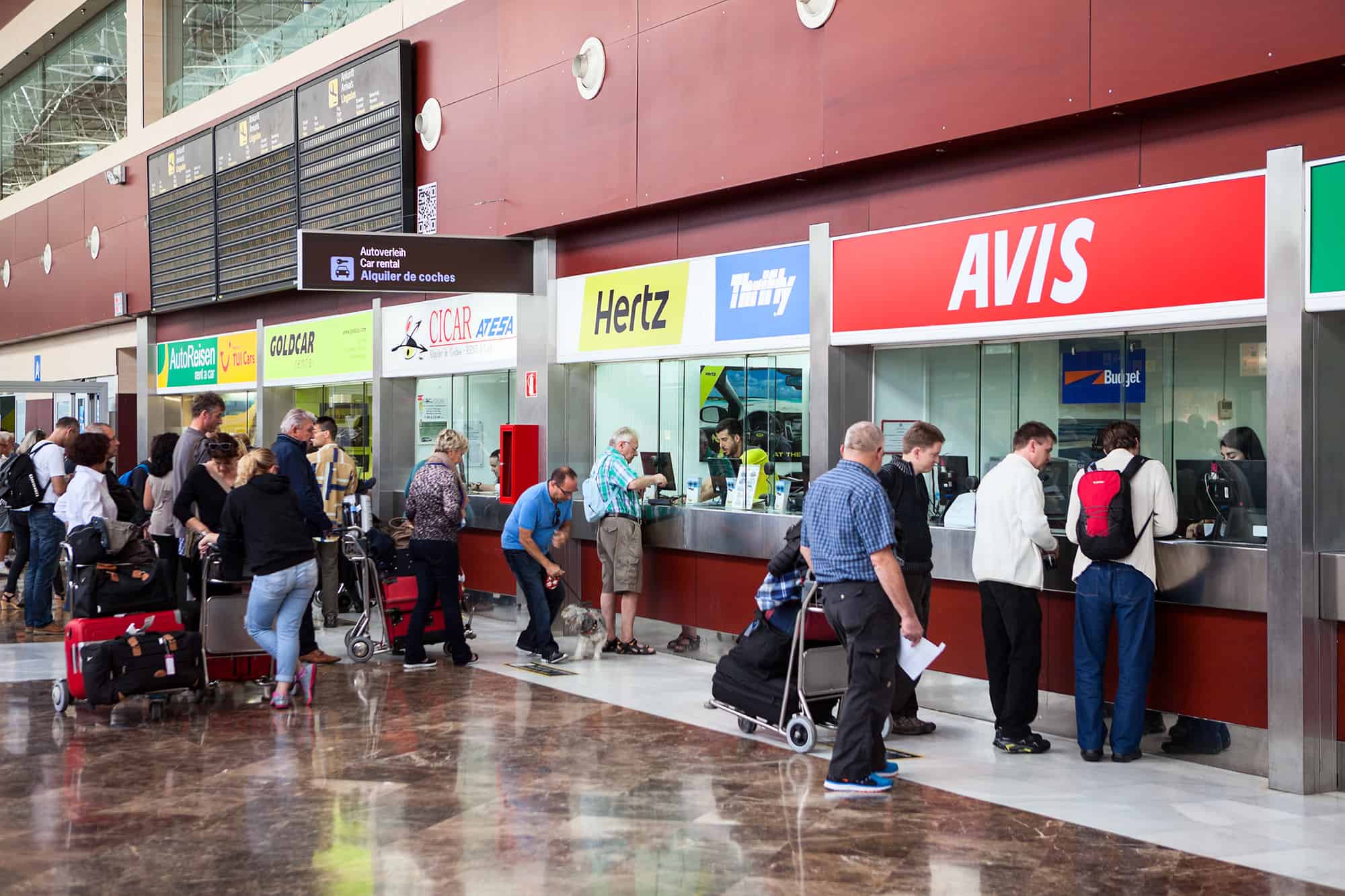Covid-19. We see its name everywhere, hear about it constantly, and think about it more than we’d like to – and yet it’s one thing we don’t want to be anywhere near. As we near the end of another month of tight restrictions on travel and social contact, one thing becomes clear for many of us: the day is coming when we will have to go back to work. Back to the outside world.
And back to the daily commute.
But how do we do that? How do we make the transition – safely – from lockdown to something like normal travel, both for work and pleasure?
There are really two parts to this response, divided into what is done for us, and what we can do for ourselves.
What are train companies doing for you?
Train companies are already taking steps to keep passengers as safe as possible.
First of all, timetables have been reduced to what is essentially a Sunday schedule. This is in part, of course, a response to the lowered demand as many of us work from home or are off for a period of furlough. But that is not the end of the story.
It also helps to keep passengers safe, because it allows a longer period for trains to be cleaned and serviced between trips. In fact, in many cases, trains are only being used once or twice and then stationed, while another train sets out to do the next circuit of the trip. Meaning that passengers get a fresh train that has been thoroughly cleaned during the off-shift hours.
Secondly, this brings us to perhaps the most important part of the rail companies’ efforts. Just as we are told, over and over, to wash our hands, train companies are following a similar mantra: wash the trains.
Cleaning has been increased beyond normal levels, and this applies to both the trains and the stations. Special care is taken to ensure that often-touched parts of the train are thoroughly and regularly cleaned. All tables and seatback trays, all seat backs, wall panels, luggage racks, windows, vestibules, toilets, controls, switches – in fact any hard surface that’s accessible is wiped down.
Staff, are also, are both protected and are helping to protect passengers by wearing gloves and having special training to keep themselves and their equipment clean and preventing transmission from, or to passengers. Handsets and controls are regularly cleaned too.
We don’t yet know what measures will be necessary to keep up a safe level of cleaning once schedules increase to near-normal levels, but train companies are working with experts to determine what is needed, and how that can best be provided.
In the meantime, there is more that can be done by travellers themselves, and that’s where we move onto the second part of this two-part series, how to keep your train journey safe.






